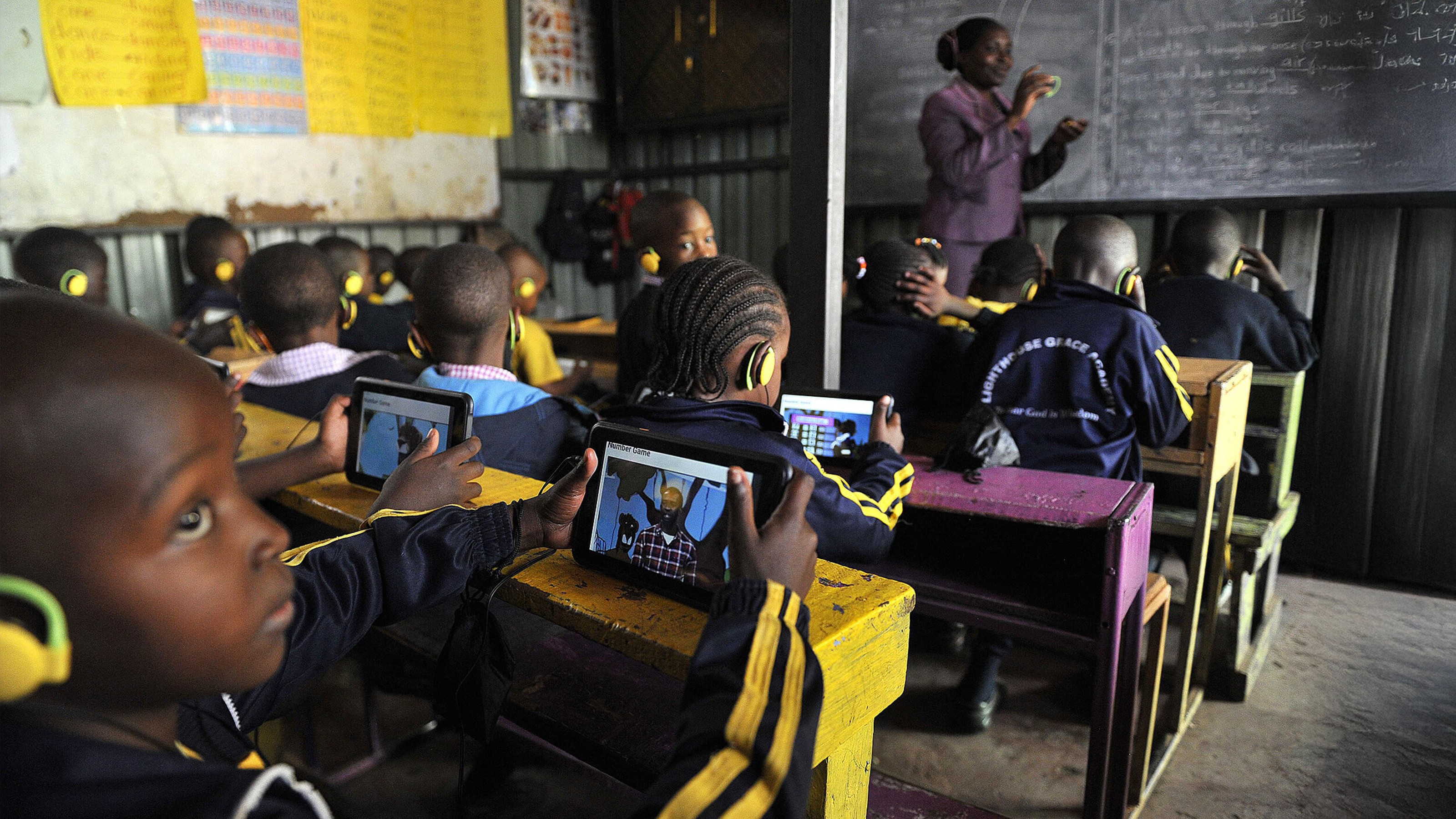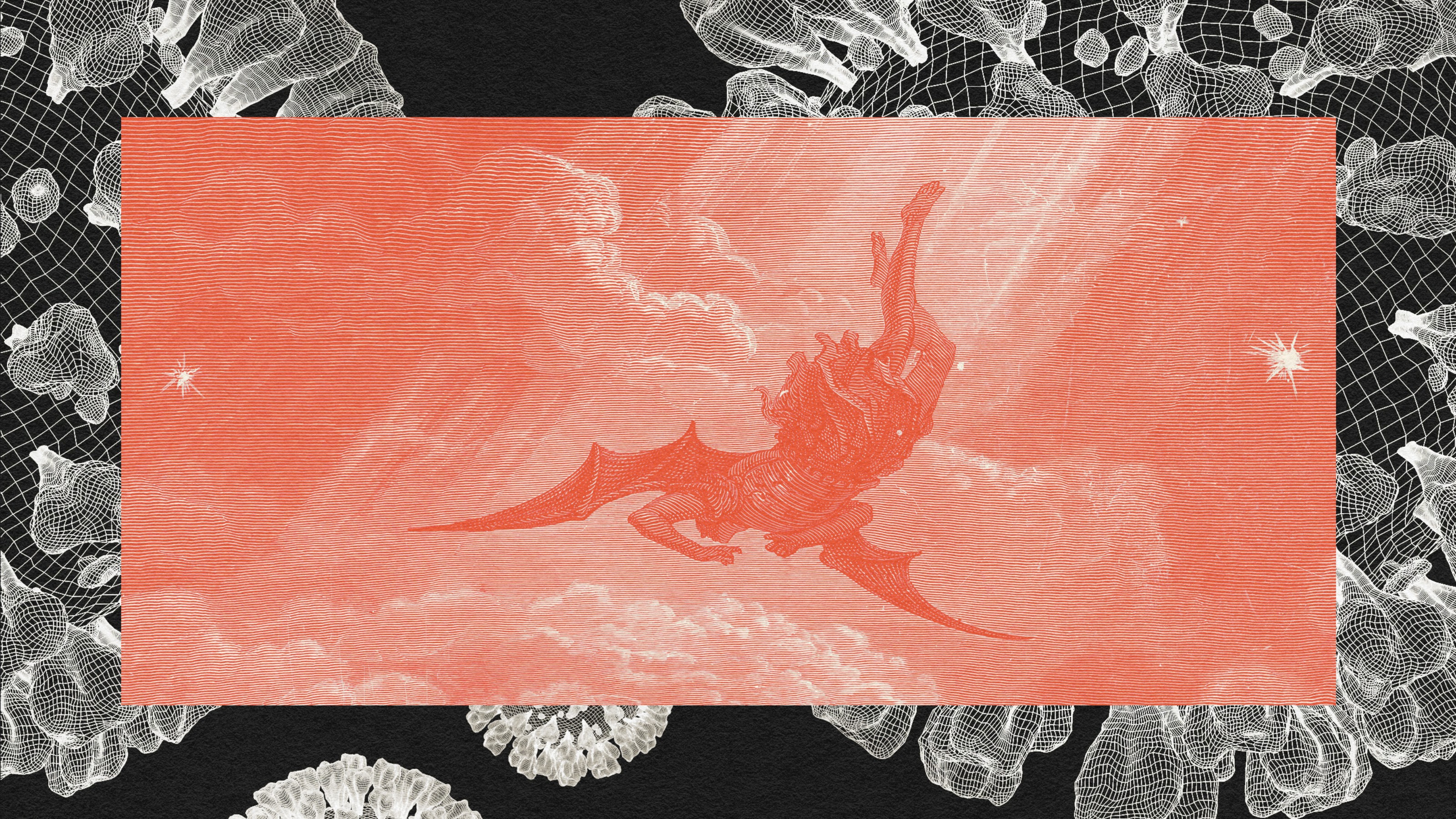Haeg hates the word “sustainable.”
Question: What will the environmental movement look like in 20 years?
Fritz Haeg: Well, first of all I don’t really believe in the word sustainable, because I don’t want to sustainable what we have right now. I am really not interested in that at all. I don’t like to use of that word, I don’t think we have proper word right now for that kind of movement or the recalibration of our thinking that is required. I don’t think we have the proper vocabulary for it yet, but because I think sustainable connotes this idea that we want to continue down the way the path we are going, which I don’t think it is sustainable are interesting. Sustainable isn’t very sexier or like exciting, either like I don’t want to sustain, I want to thrives, or something like that. I think sustaining is just sounds really meager and impoverished kind of pathetic and sad really. I don’t think that word green really does it either, though it is really easy catch way I suppose, catch word. I don’t know it is hard to be optimistic honestly. I think as an architecture designer you have to be in some way, because you believe in the future. I think in generally you will see artist tend to be more pessimistic than artist or designers as an architect tend to be more optimistic, right, that is what you are paid to do is, as an architect you believe in the future and built for it and create the future. With artist tend to be more critical and pointing out the problems and more pessimistic in general. So, if you are all optimistic we are create something for the futures as an artist you are called utopian and suddenly your bunched in the pack of other people who made work like that, so there is interesting distinctions that happen between the two disciplines I think. I don’t know where we are headed, I think in terms of environmental movement, I think we were going to be meeting as sequential series of crisis that we are going to have to deal with and those crisis have to force us to live in radically different ways and we won’t know how we are going to do deal with it until we come to it, but if you look at that past how we dealt with it. We are able as a spices of humans to have to turned in to time pretty quickly when we have to or face with the crisis and that is what is going to happen, basically, there is going to be a moment where food is the crisis and we are going to have to change radically and will deal with that as we have to or energy or any one of them, but unfortunately it seems like we are not really able to mobilize quickly until, we are not eating or we can breath or already we have a certain number days every year in Los Angels where children cannot play outside, because of a air qualities. So if even that can force people to think differently about how they are living, I don’t know what the threshold is, but there is a threshold and then there is a radical change, because even in the evolution of different spices you can see as spices kind of evolving of a straight line and then all of a sudden it start shift happen, so things don’t happen always at a gradual continuous arch, but there is sudden jolt and I think we seen at the beginning of that.
Recorded On: 3/10/08





